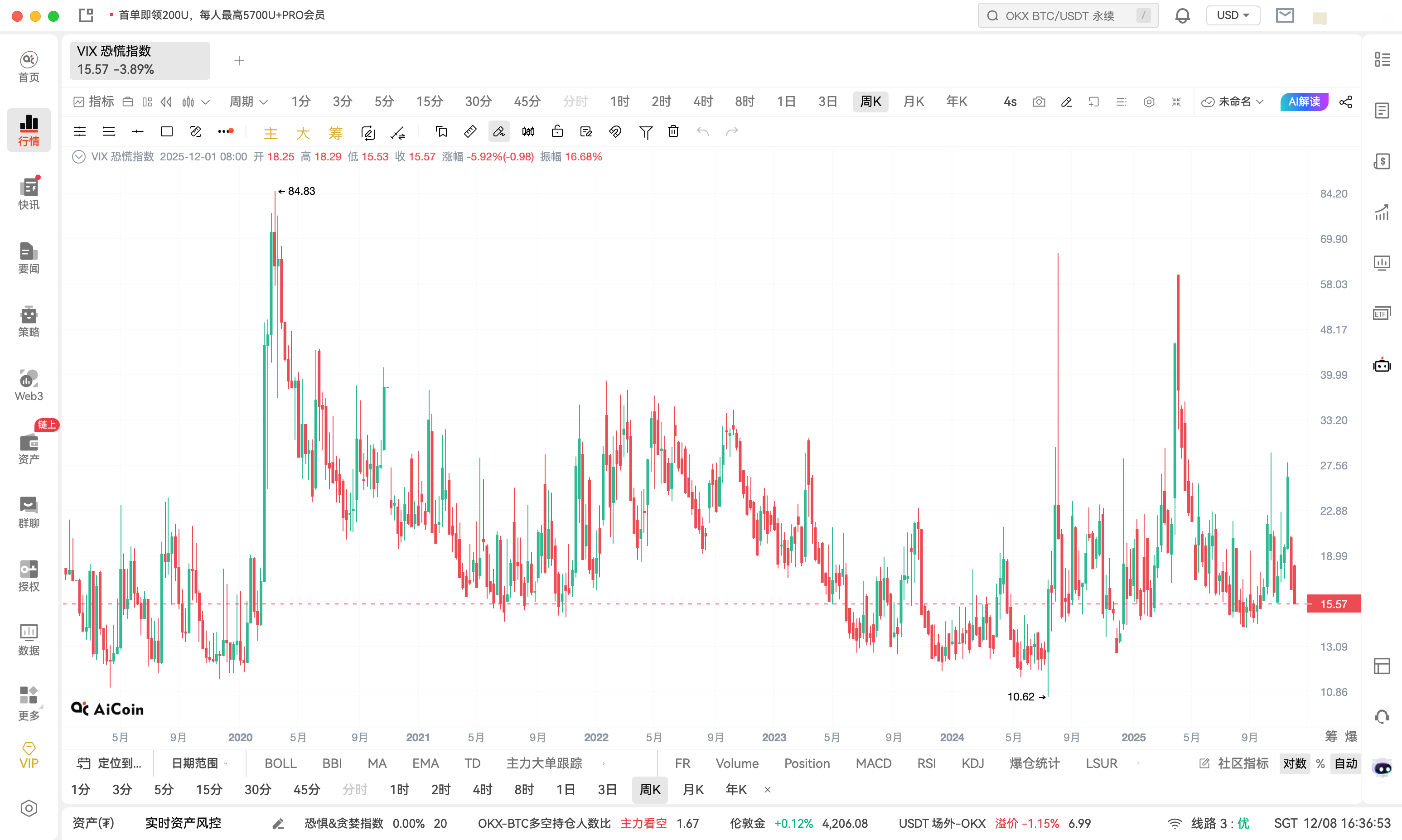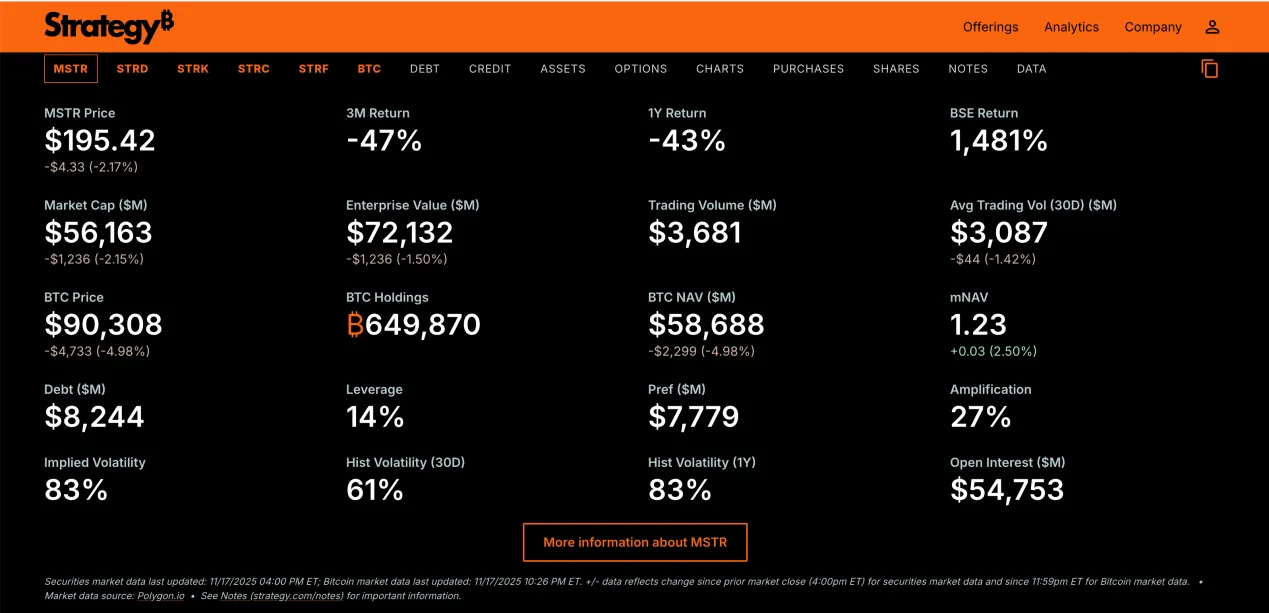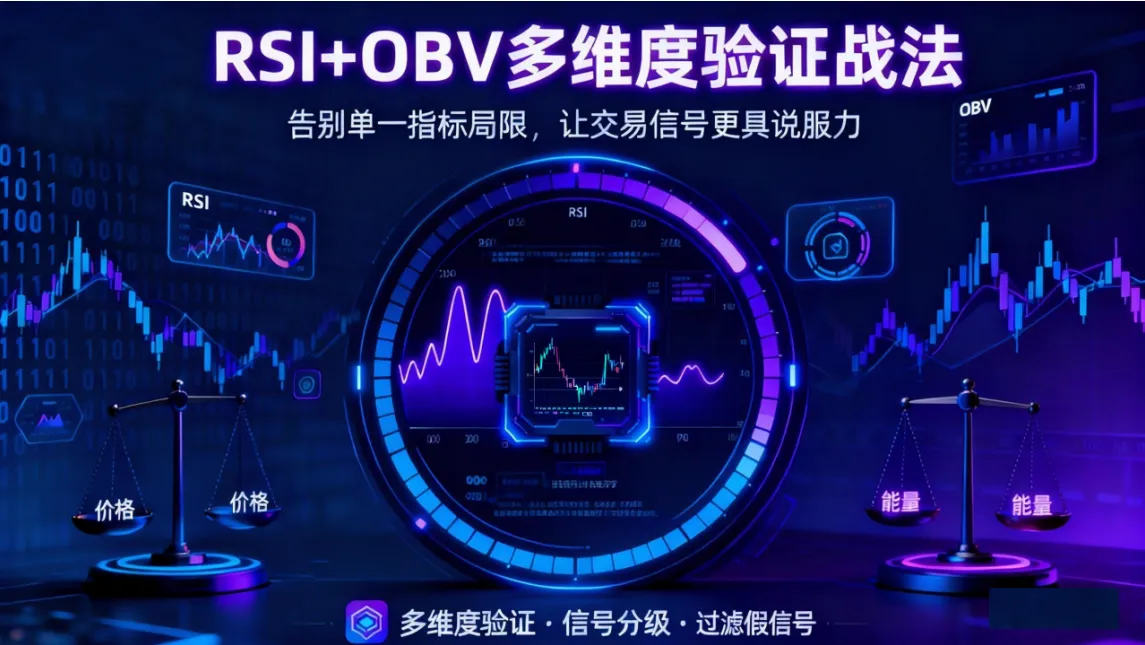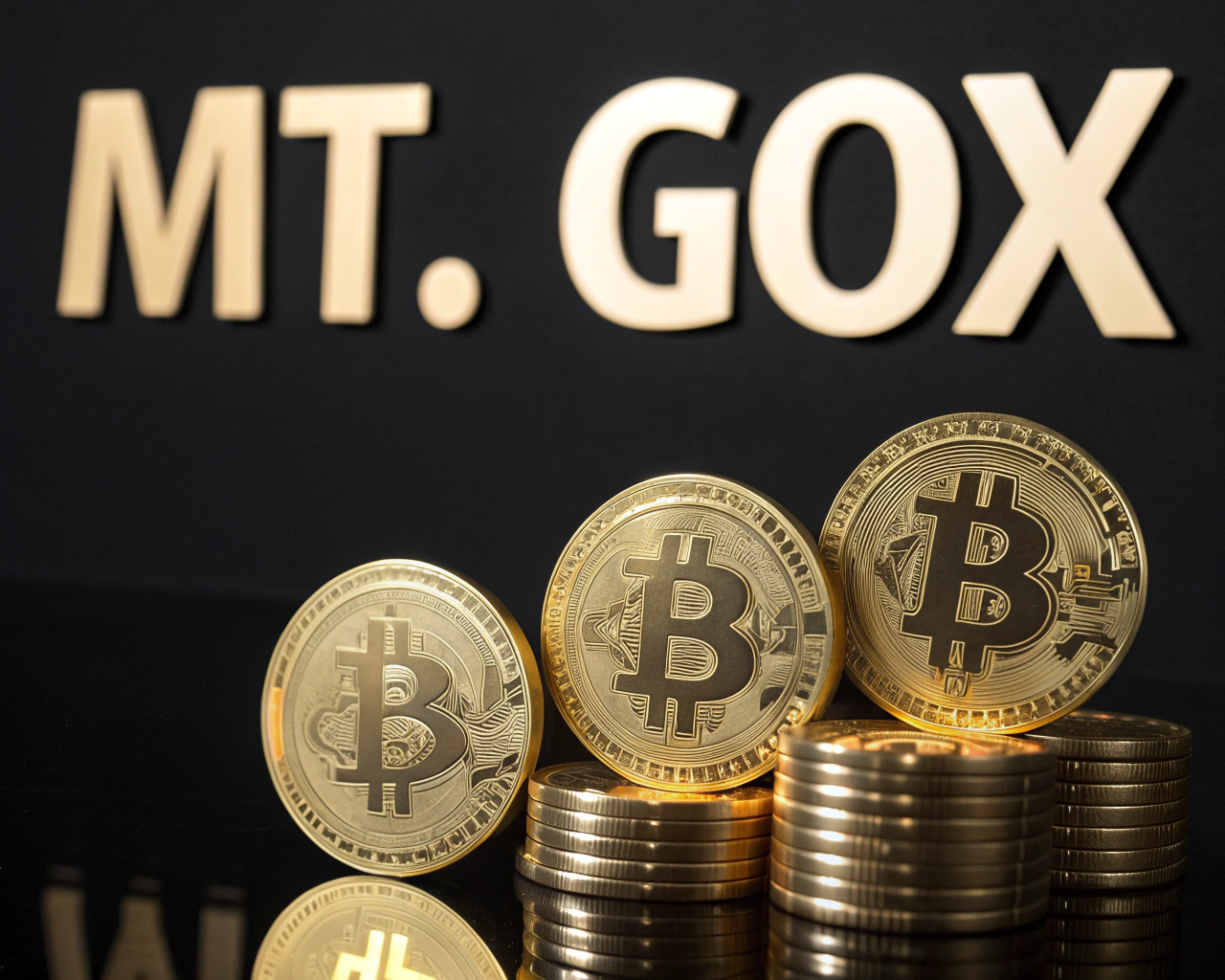Preface
There are often some project teams with special needs who want to stabilize their project's token within a certain price range. However, they do not know how to do it. Today, this article will tell you how to control the price of a token within a certain range.
Okay, at this point, some people might say that creating a stable pool CLMM is enough, but this is a misunderstanding.
CPBOX will first explain the price mechanism and adjustment principle of CLMM (Concentrated Liquidity Market Maker):
Core Features of CLMM
CLMM allows liquidity providers (LP) to concentrate their funds within a custom price range (rather than across the entire price range). This means:
When the market price is within the range you set, your liquidity will be used, and you will earn trading fees.
When the market price exceeds the range you set, your liquidity will temporarily "hibernate" (no longer participate in trading).
Price Limitation and Adjustment Mechanism
(1) Price does not automatically fix within a range
❌ Misunderstanding: CLMM does not force the price to be "restricted" within a fixed range.
✅ Correct Understanding: The price is still determined by market supply and demand; CLMM simply allows LPs to choose within what price range to provide liquidity.
(2) Performance when price deviates
When the market price exceeds the range set by the LP:
The LP's liquidity will automatically stop participating in trading.
However, other LPs (if they have set a range that includes the new price) will continue to operate.
Your liquidity will automatically convert to a single asset (for example: if the price breaks above your upper limit, your funds will all turn into tokens).
Of course, the above is all about LPs (Liquidity Providers). The essence of CLMM design is to reduce LPs' losses in special situations.
However, for project teams, the token price is actually not truly fixed within the limited range. If there is a large amount of buying and selling, when the price reaches an area with no liquidity, the price will still fluctuate; it just cannot facilitate transactions.
Solution
To stabilize the token price within a certain range on the blockchain (such as Solana), it indeed requires active market intervention, usually achieved through algorithmic trading bots (arbitrage/market-making bots). But the specific method depends on your goals (completely stabilize price vs. guide price trends) and resources (capital, technical capabilities). Here are the detailed solutions:
Relying on CLMM Liquidity Design
Provide deep liquidity within the target price range
In CLMMs (such as Orca Whirlpools or Raydium CLMM), concentrate most of the liquidity within the price range you want to stabilize (for example: 1.0 USDC - 1.2 USDC).
Effect:
When the price deviates from this range, liquidity decreases, trading slippage rises sharply, naturally suppressing large deviation trades.
However, it cannot completely prevent price breaches (requires active intervention).
Disadvantages:
- Over-reliance on pool depth; if the liquidity pool depth is insufficient, when large buy orders or sell orders occur, there may be transaction failures or significant price differences.
Algorithmic Trading Bot Control
If you want to control the price more strictly, you need to write an automated trading bot. Common strategies include:
(1) Simple Limit Order Bot
Logic:
When the price > upper limit (e.g., 1.2 USDC), the bot automatically sells tokens, increasing supply.
When the price < lower limit (e.g., 1.0 USDC), the bot automatically buys tokens, reducing supply.
Implementation (pseudo code):
while (true) { const currentPrice = fetchPriceFromDEX(); // Fetch current price from DEX if (currentPrice > TARGETMAX) { sellToken(amountToSell); // Sell tokens to lower the price } else if (currentPrice < TARGETMIN) { buyToken(amountToBuy); // Buy tokens to raise the price } sleep(10_000); // Check every 10 seconds }
Applicable Scenarios: Small to medium-sized tokens with sufficient capital.
(2) Dynamic Market Making Strategy (DMM)
Logic:
Similar to traditional market makers, placing buy/sell orders while earning fees to stabilize prices.
Use TWAP (Time Weighted Average Price) or VWAP (Volume Weighted Average Price) to adjust order prices.
Advantages:
- Smoother than simple limit orders, reducing market impact.
Tools:
- Can be built using Bonfida or Serum APIs on Solana.
Hybrid Solution: CLMM + Bot Collaboration
CLMM provides basic liquidity
- Provide deep liquidity in the target range (e.g., 1.0-1.2 USDC) to reduce normal fluctuations.
Bots handle extreme situations
When the price approaches the range boundaries, the bot intervenes:
Buy support (when close to 1.0)
Sell pressure (when close to 1.2)
(3) Example Architecture
Price Monitoring Service (e.g., Pyth Network)
↓
Trading Bot (decides whether to intervene)
↓
Execute Trade (Jupiter API / Orca SDK)
↓
Update CLMM Liquidity (if range needs adjustment)
Conclusion
CLMM liquidity management can assist in price stabilization but cannot completely restrict it.
Algorithmic bots are the core of actively controlling prices, needing to combine limit orders, dynamic market making, and arbitrage strategies.
Best Practice = CLMM Deep Liquidity + Bot Boundary Intervention
Of course, if your token supports a facade and you don't want to trade, you can simply drain the pool. If you don't know how to add pools on various DEXs across chains, you can check the pool addition tutorial in the CPBOX documentation.
免责声明:本文章仅代表作者个人观点,不代表本平台的立场和观点。本文章仅供信息分享,不构成对任何人的任何投资建议。用户与作者之间的任何争议,与本平台无关。如网页中刊载的文章或图片涉及侵权,请提供相关的权利证明和身份证明发送邮件到support@aicoin.com,本平台相关工作人员将会进行核查。




